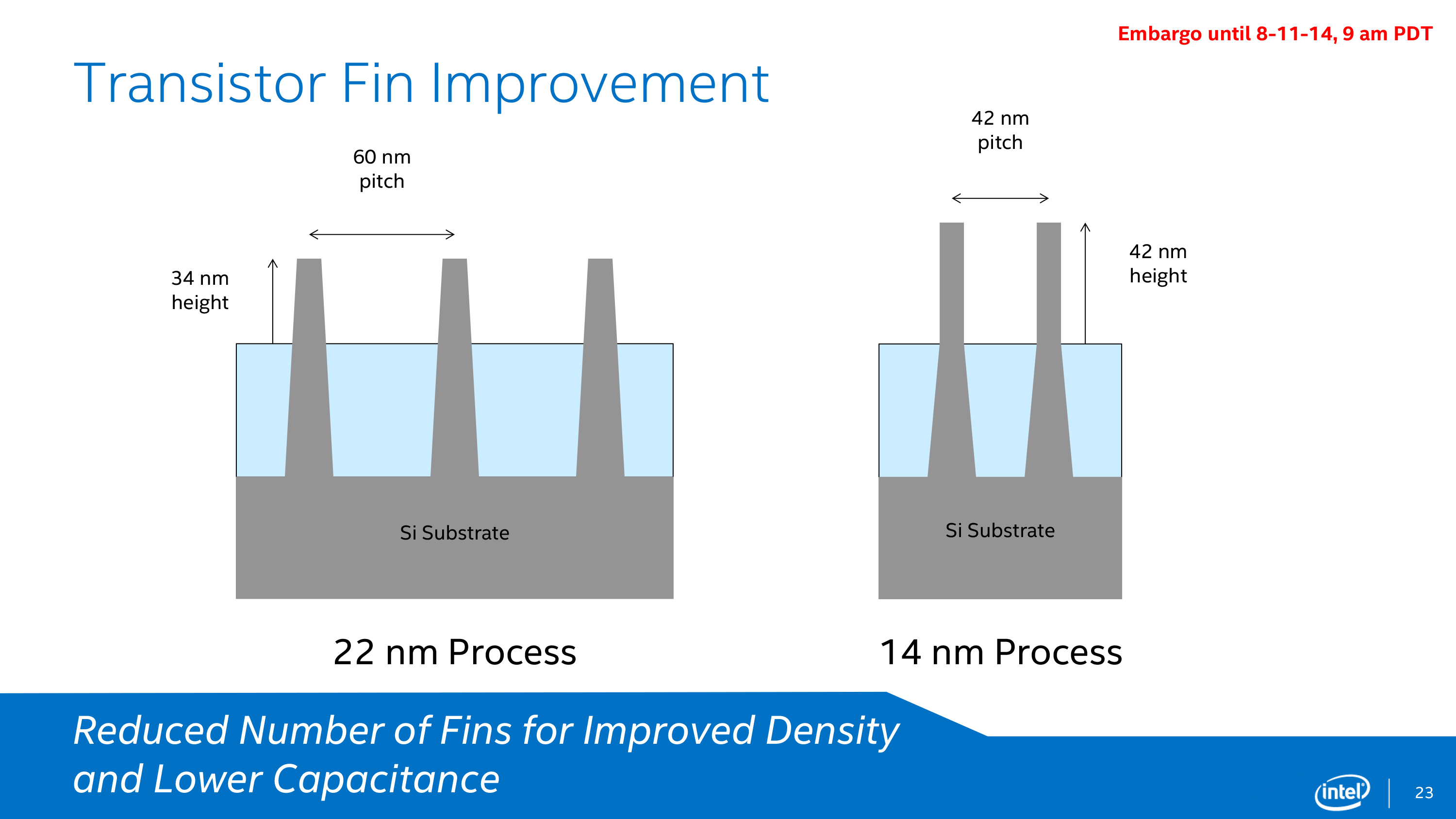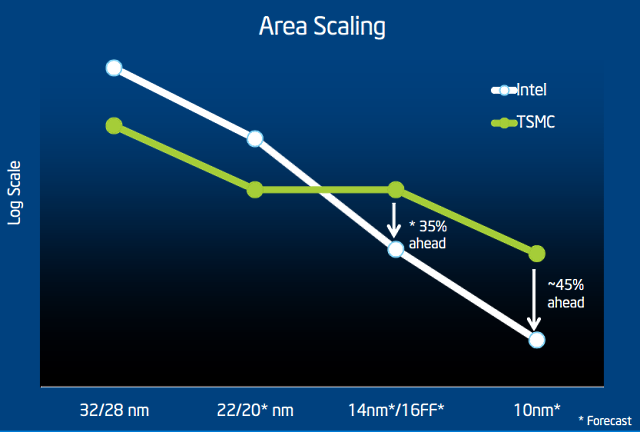- Dec 25, 2013
- 3,899
- 193
- 106
VentureBeat: Intel has 1,000 people working on chips for the iPhone
So much for the people who said it would be the other way around: Apple would replace Intel for laptops etc.
The obvious next step is of course ditching the ARM architecture altogether, maybe at 7nm or 5nm, who knows.
Intel now has a thousand people or more working to outfit a 2016 iPhone with its lauded 7360 LTE modem chip, sources say. If all goes well, Intel may end up providing both the modem and the fabrication for a new Apple system on a chip.
One source said Intel needs a small army of people on the Apple account because of the importance of the project to Intel’s future in the mobile market, because of the complexity of the project, and because Apple is a demanding client with an extremely popular phone.
Our sources don’t believe Apple has officially signed Intel as a supplier of the modem chip, but a deal will happen if Intel continues to hit its project milestones.
Sources with knowledge of the situation say that Apple eventually would like to create a system-on-a-chip (SOC) that includes both the phone’s Ax processor and the LTE modem chip. A system-on-a-chip design could deliver significant returns in improved speed and better power management.
Apple would design the SOC, which would carry an Apple brand name, and would license the LTE modem intellectual property from Intel for the SOC, one source said.
This would be a sensible arrangement, in light of the fact that Intel hasn’t excelled at SOC design in the past, and because Apple does vertical integration very well. Apple’s skill in this was most recently seen in the integration of its M9 graphics chip with its powerful A9 chip for the iPhone 6s.
While the SOC would be created from top to bottom by Apple’s formidable chip designers, Intel would get the job of fabricating the SOC using its 14-nanometer process.
One of our sources close to Intel said that Apple is also attracted by the fact that Intel is already developing a 10-nanometer process alongside its 14-nanometer process. The 10-nanometer process, which could yield even smaller and faster processors, isn’t ready for large-scale production today, but might be ready for high-volume fabrication in as little as two years.
Another important piece of Intel’s LTE modem story fell into place at the end of September. Intel confirmed that it bought the CDMA modem assets of Via Telecom. Intel says it will use the technology to add CDMA network connectivity to its LTE modems.
Intel will need the CDMA technology in its modem in order to supply phone makers selling devices into the Chinese market. Carriers like China Telecom use a combination of LTE and CDMA technology in their networks.
So much for the people who said it would be the other way around: Apple would replace Intel for laptops etc.
The obvious next step is of course ditching the ARM architecture altogether, maybe at 7nm or 5nm, who knows.
Last edited:






